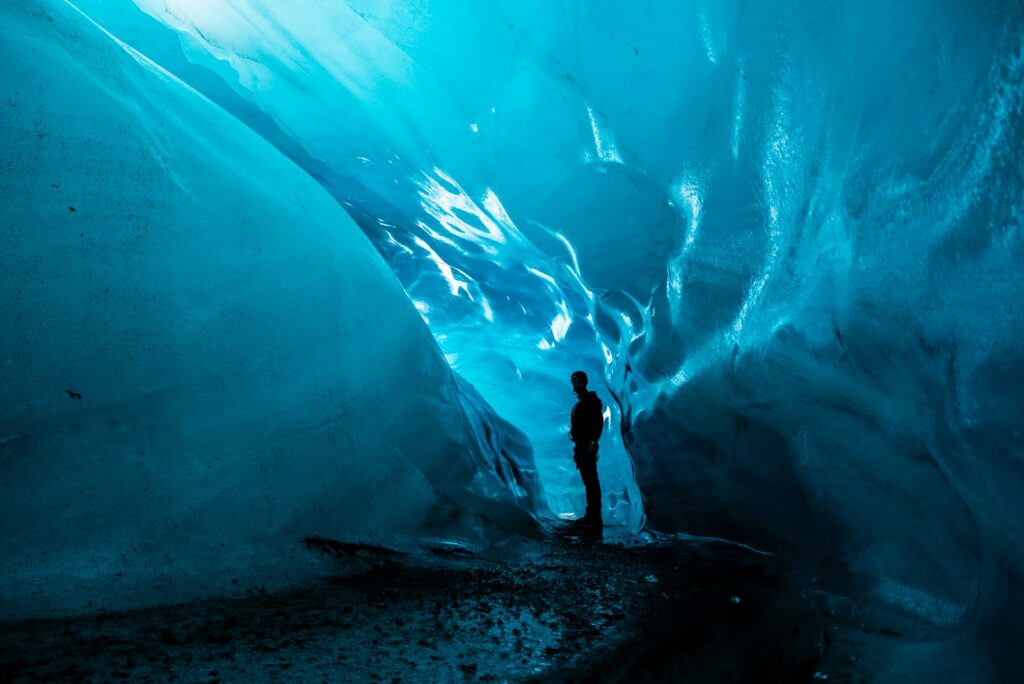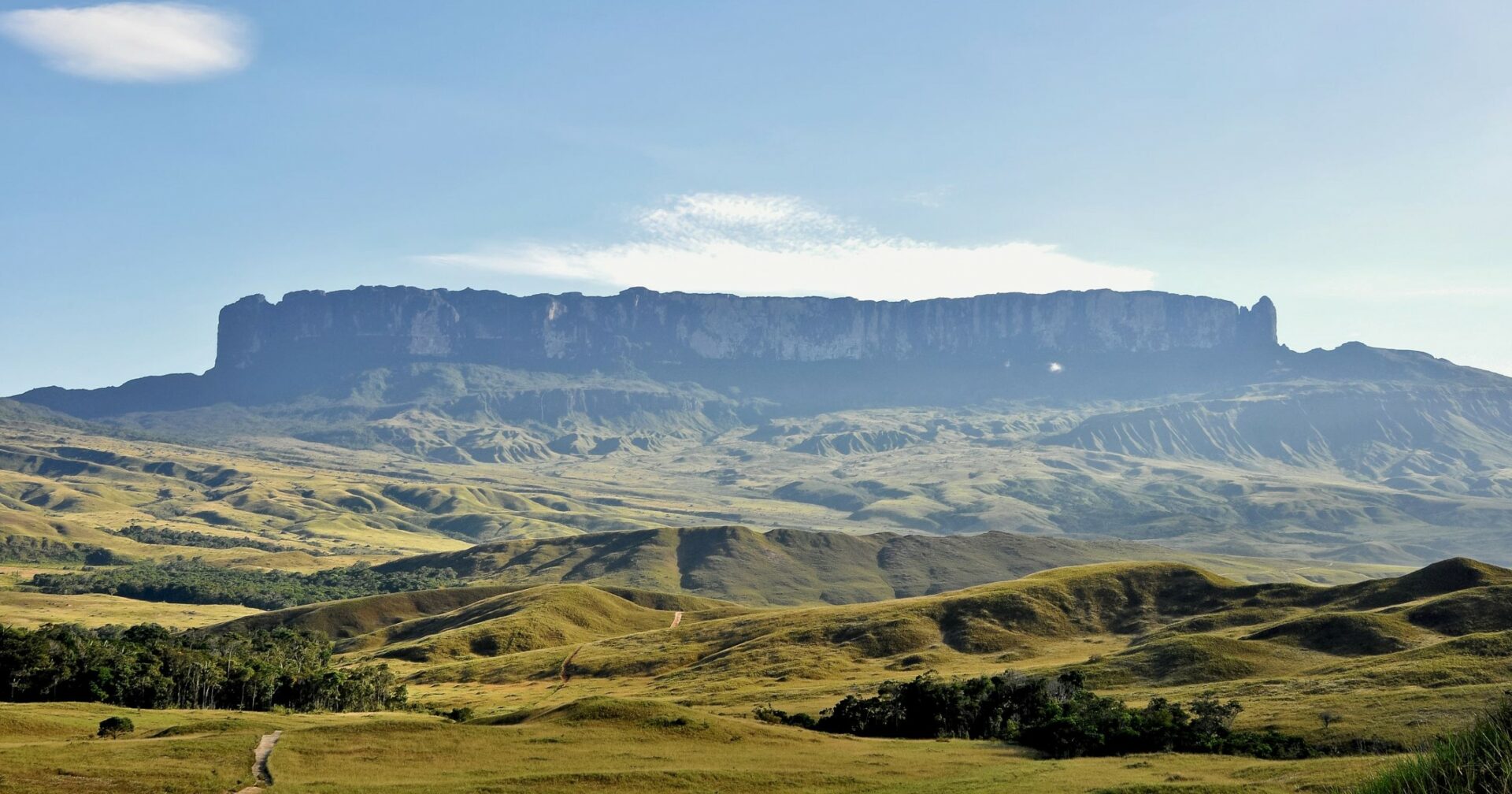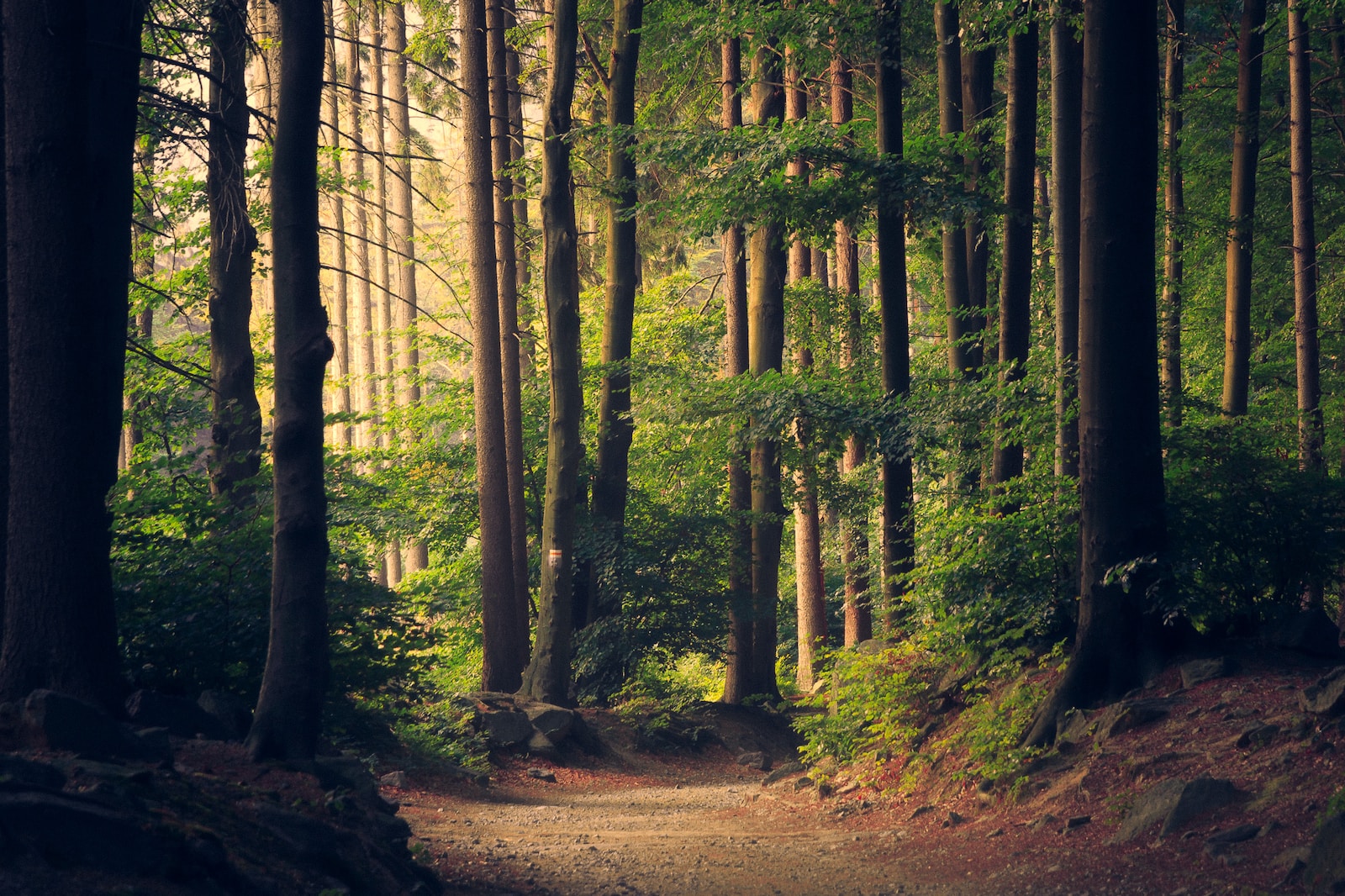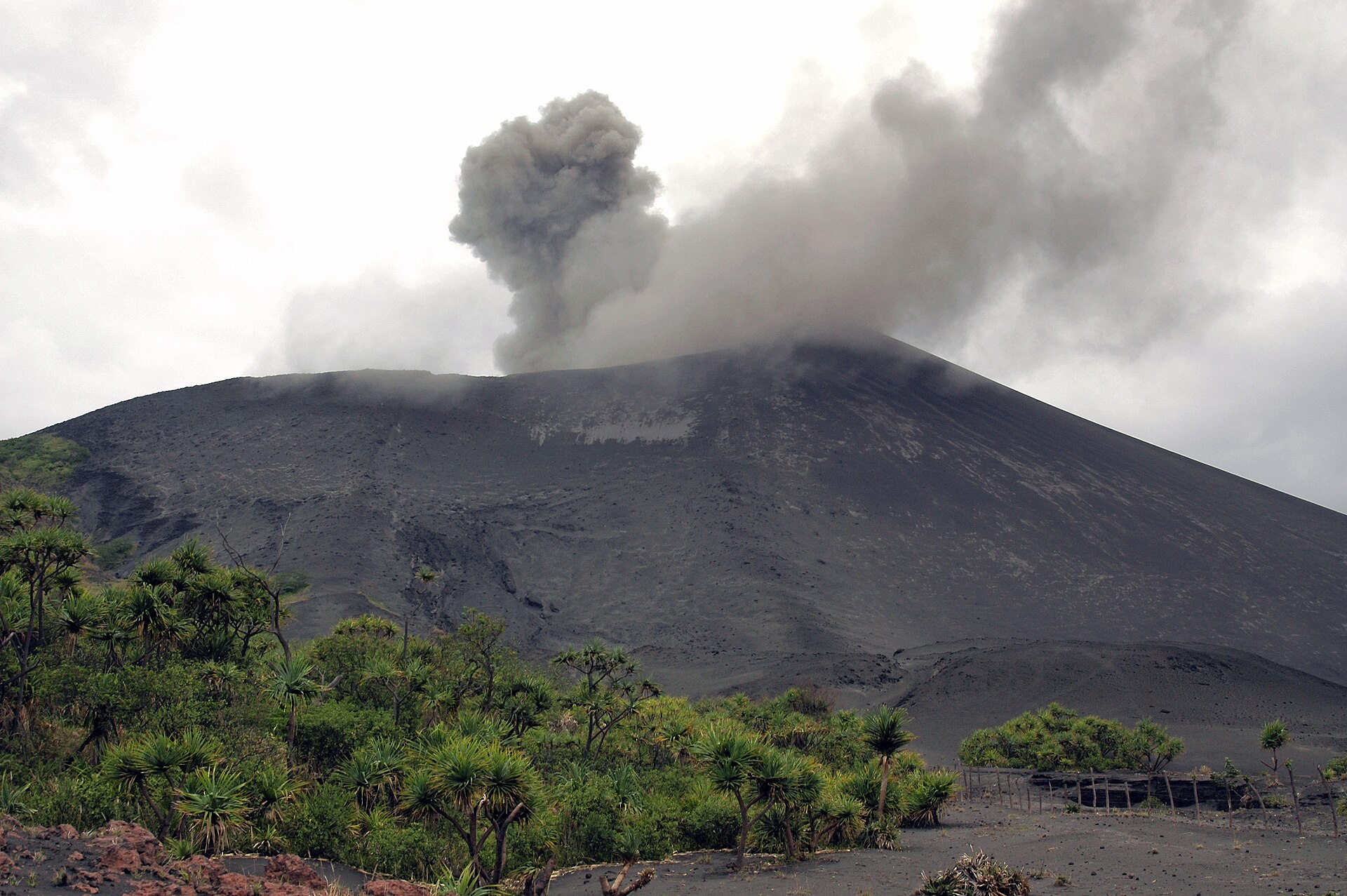Are you ready to capture the stunning beauty of ice formations through your camera lens? Look no further! In this comprehensive guide, you will learn how to photograph various ice formations, from breathtaking frosty landscapes to intricate snowflake patterns. Discover the secrets to capturing the mesmerizing details of icicles and the ethereal beauty of winter photography. Whether you’re a seasoned photographer or just starting out, this blog will provide you with the techniques and tips you need to create stunning images of ice formations. Get ready to embark on an exciting photographic journey!
Table of Contents
- Capturing Ice Formations on Camera
- How to Capture Stunning Ice Formations: A Detailed Guide
- Frequently Asked Questions
- 1. How can I capture ice formations in winter photography?
- 2. What equipment do I need for close-up photography of ice formations?
- 3. Are there any specific tips for capturing the intricate patterns of snowflakes?
- 4. How can I make my ice formation photos stand out on social media?
- 5. What are some popular locations for capturing ice formations?
- Wrap Up
Capturing Ice Formations on Camera
Winter transforms the world into a wonderland of icy enchantment. To capture the magic of frosty landscapes, follow these steps:
- Leverage the natural light: Early mornings and late afternoons provide a soft, warm glow that enhances the wintry scenery.
- Compose your shot: Pay attention to the foreground, middle ground, and background to create depth and tell a story.
- Experiment with exposure: Adjust your camera settings to balance the brightness and details in the snow-covered scenes.
The Allure of Icicles
Icicles hanging from roofs and branches create a captivating and dramatic effect. To capture the allure of icicles, try these techniques:
- Find the perfect angle: Get down low or find a unique vantage point to capture icicles in a way that highlights their beauty.
- Use a macro lens: Get up close and personal with the intricate details by using a macro lens to capture the delicate patterns of ice.
- Experiment with different settings: Play with aperture and shutter speed to create different effects, such as freezing motion or capturing the shimmering reflections of light.
The Intricate Patterns of Snowflakes
Snowflakes are nature’s exquisite masterpieces, and capturing their intricate patterns can be a challenging yet rewarding endeavor. Here are some tips to photograph snowflakes:
- Patience is key: Wait for the perfect moment when snowflakes are clearly visible on a dark background to increase the chances of capturing their delicate details.
- Use a macro lens and extension tubes: These tools allow you to capture the tiny details of snowflakes, revealing their unique formations.
- Consider using natural light: Natural light brings out the translucency and glow of snowflakes, so try shooting near a window or outside on an overcast day.
Did you know that no two snowflakes are exactly alike? Each snowflake has unique patterns and shapes, making them a true wonder of nature!
Winter Photography Essentials
To successfully capture ice formations, make sure you have the following essentials in your photography kit:
- A sturdy tripod: Cold temperatures can make it challenging to hold the camera steady, so a tripod is crucial for sharp and well-composed shots.
- Extra batteries: Cold weather drains battery life more quickly, so carry a couple of spares to ensure you don’t miss those magical moments.
- A lens cloth: The condensation that forms when moving between indoor and outdoor environments can fog up your lens. Keep it clean and clear for crystal-clear shots.
Post-Processing Tips and Tricks
Once you’ve captured your ice formations on camera, the post-processing stage allows you to enhance the beauty even further. Consider these tips:
- Adjust the white balance: Although snow is often portrayed as pure white, different lighting conditions can create color casts. Adjust the white balance to ensure accurate colors.
- Bring out the details: Use software tools like Photoshop or Lightroom to enhance the details and textures in your ice formation images. Remember to maintain a natural-looking result.
- Experiment with black and white: Converting some of your ice formation images to black and white can create a timeless and artistic effect. Play with tones and contrasts to achieve the desired impact.
With these techniques, tips, and tricks, you are now equipped to capture the stunning magic of ice formations through your camera lens. Embrace the wonder of winter photography and explore the incredible world of frosty landscapes, icicles, and intricate snowflake patterns. Get outdoors, experiment, and let your creativity shine through your photographs!

How to Capture Stunning Ice Formations: A Detailed Guide
Are you ready to embrace the winter wonderland and capture the mesmerizing beauty of ice formations? In this guide, I will share valuable tips and techniques to help you master the art of winter photography. From frosty landscapes to intricate snowflake patterns, get ready to create stunning images that showcase the magic of ice formations.
1. Scout for the Perfect Location
The first step in capturing captivating ice formations is to find the ideal location. Consider areas that experience colder temperatures, such as snowy mountains, frozen lakes, or even your own backyard. Look for landscapes adorned with beautiful icicles or patches of intricate frost.
To find unique ice formations, venture out early in the morning when the temperatures are colder, and there is a higher chance of finding untouched ice crystals. Explore different terrains and experiment with your surroundings to discover hidden gems.
2. Gear Preparation
Before heading out, ensure that your camera gear is well-prepared for winter conditions. Cold temperatures can drain your battery faster, so carry extra fully charged batteries and store them in an inside pocket to keep them warm. Keep in mind that extreme cold can also affect the performance of your camera, so be prepared to adapt accordingly.
Invest in a sturdy camera bag that offers protection against the elements. It should have enough compartments to store your additional batteries, lens filters, lens cloths, and other essentials. A waterproof cover for your camera can also be handy during snowfall or when capturing ice formations near water bodies.
3. Mastering Exposure in Winter Photography
Proper exposure is crucial when photographing ice formations. The bright white of snow or ice can often deceive your camera’s metering system, resulting in underexposed images. To overcome this, try using the exposure compensation feature on your camera. Start with a +1 or +2 setting to avoid losing details in the highlights.
Experiment with different exposure settings to achieve the desired effect. If you want to capture the delicate details of individual snowflakes, consider using a macro lens or a close-up filter to bring out their intricacy. Adjust your aperture to achieve a shallow depth of field and make the snowflakes stand out.
4. Capturing the Details
When photographing ice formations, get creative with your compositions. Zoom in on the intricate patterns of frost or icicles to highlight their unique shapes. Use a tripod to ensure sharpness and stability, especially when shooting close-ups.
Consider incorporating a contrasting element or a point of interest in the frame to add depth and visual interest. A lone tree, a person, or a colorful object against the icy background can create stunning juxtapositions.
5. Safety First
While chasing beautiful ice formations, it’s essential to prioritize safety. Dress in layers to stay warm, wear appropriate footwear with good traction, and stay aware of your surroundings. Avoid walking on thin ice or venturing into hazardous areas.
Remember, winter photography can be challenging but incredibly rewarding. By applying these tips and techniques, you’ll be well on your way to capturing extraordinary ice formations that evoke the winter magic. Practice, experiment, and embrace the beauty of the frosty world!
Frequently Asked Questions
1. How can I capture ice formations in winter photography?
Capturing ice formations in winter photography requires a few essential techniques. Firstly, it is important to have the correct camera settings, such as a fast shutter speed and a small aperture, to capture the intricacies of the ice. Additionally, using a tripod will ensure sharp images. Experimenting with different angles and perspectives can also add depth and interest to your captures.
2. What equipment do I need for close-up photography of ice formations?
Close-up photography of ice formations requires specific equipment to achieve detailed shots. A macro lens is essential, as it allows you to focus on intricate patterns and textures. Additionally, using extension tubes can help increase the magnification of your lens, allowing you to get even closer to the subject. Using a diffuser or reflector can also enhance the lighting and capture the delicate details of the ice.
3. Are there any specific tips for capturing the intricate patterns of snowflakes?
Photographing the intricate patterns of snowflakes can be challenging but incredibly rewarding. To capture these delicate formations, it is important to have a macro lens to magnify the tiny details. Shooting in natural light or using a diffuser will help bring out the intricate patterns. It is also important to shoot in manual mode to have full control over the exposure and ensure the snowflakes are properly exposed.
To make your ice formation photos stand out on social media, try the following tips. Firstly, experiment with composition and framing to create visually appealing images. Adding a human element, such as including a person or an object for scale, can also add interest to your photos. Secondly, consider editing your photos to enhance their colors and contrast. Lastly, using relevant hashtags and engaging with the photography community can help expose your work to a wider audience.
5. What are some popular locations for capturing ice formations?
There are numerous breathtaking locations to capture ice formations. Some popular options include frozen waterfalls, icy lakes or rivers, snow-covered forests, and mountainous regions with frosty landscapes. Researching local ice festivals or winter photography workshops can provide opportunities to capture unique ice formations in specific locations.
Wrap Up
In conclusion, capturing ice formations through photography is a thrilling and rewarding experience. With the right techniques and equipment, you can create breathtaking images that showcase the beauty of winter. Whether you focus on frosty landscapes, icicles, or the intricate patterns of snowflakes, the key is to be patient, observant, and creative.
We hope this detailed guide has provided valuable insights into the art of winter photography. Now it’s your turn! Get out there, explore the wondrous world of ice formations, and let your camera lens capture their mesmerizing beauty. Don’t forget to share your masterpieces and experiences in the comments section below. We can’t wait to see your stunning winter photographs!



